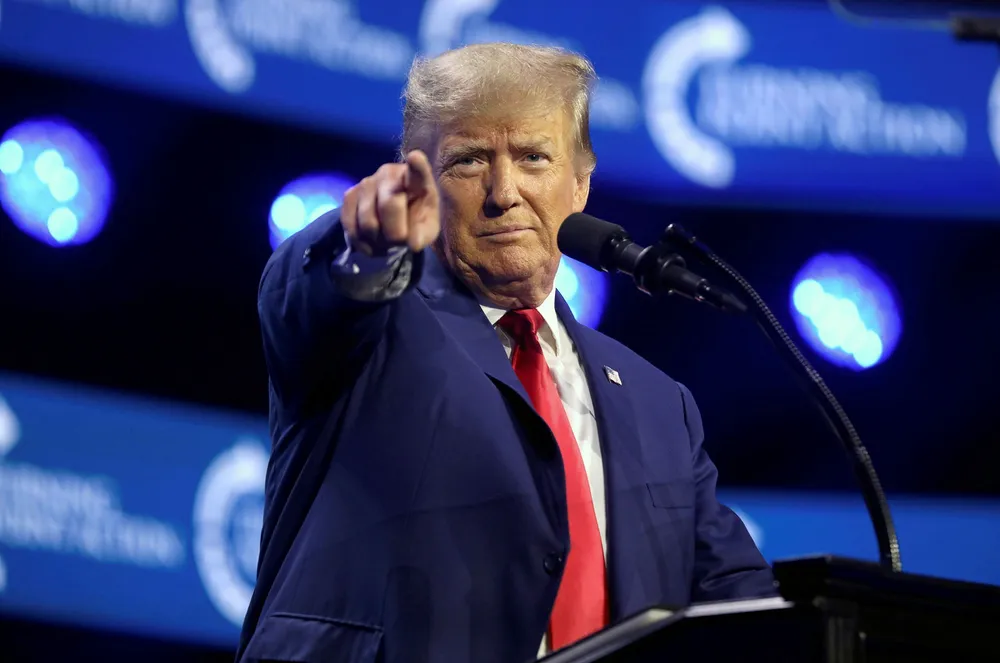As Trump looms, Californians vote for floating wind
Overwhelming support for package of climate initiatives include $475m for offshore wind port development in Democrat-leaning state

California voters overwhelmingly approved $475m for offshore wind-related port development included in a massive $10bn climate bond in the 5 November vote, signaling sustained support for sector development amid the return of arch-opponent Donald Trump to the White House.
Ballot initiative Proposition 4 passed with over 59% of the votes cast. The bond also directs $325m towards renewables transmission expansion and $50m to battery energy storage systems.
Californians' support for offshore wind reflects the state's Democratic leanings, and voters largely chose Trump's opponent Vice President Kamala Harris for the presidency.
The Golden State is spearheading floating wind development in the US with a 25GW by 2045 target, the nation's largest sector goal and part of its move to a 100% clean grid.
The Biden administration sold five leases off its central and northern coastlines in 2022 for $751m amid healthy interest by developers.
Floating wind development will face myriad challenges though, including extreme water depths of 1,000 metres as well as lack of supply chain, ports, and transmission infrastructure.
“There's a window right now for the state to do its planning and investments in floating offshore wind,” said Adam Stern, executive director of industry trade group Offshore Wind California (OWC).
“There's a need for the state ports to get ready for offshore wind, and now with this new voter approved investment, they'll have the chance to start that work.”
Federal actions
To further advance the sector, federal regulator Bureau of Ocean Energy Management (BOEM) recently released its draft programmatic environmental impact statement (PEIS) covering the five leases.
The PEIS identifies “mitigation measures to lessen the impacts of commercial-scale offshore wind energy development,” BOEM said, potentially streamlining approval of future projects.
Trump has vowed to halt sector development “on day one” of his next term beginning 20 January 2025, and his administration is expected to slow down project permitting and new lease sales.
Trump's sector hostility is not expected to be a major factor for development off the Golden State, though.
While California claims to be seeking between 2-5GW of capacity by 2030, analysts don’t expect to see commercial scale floating wind development before the early 2030s at the earliest.
(Copyright)